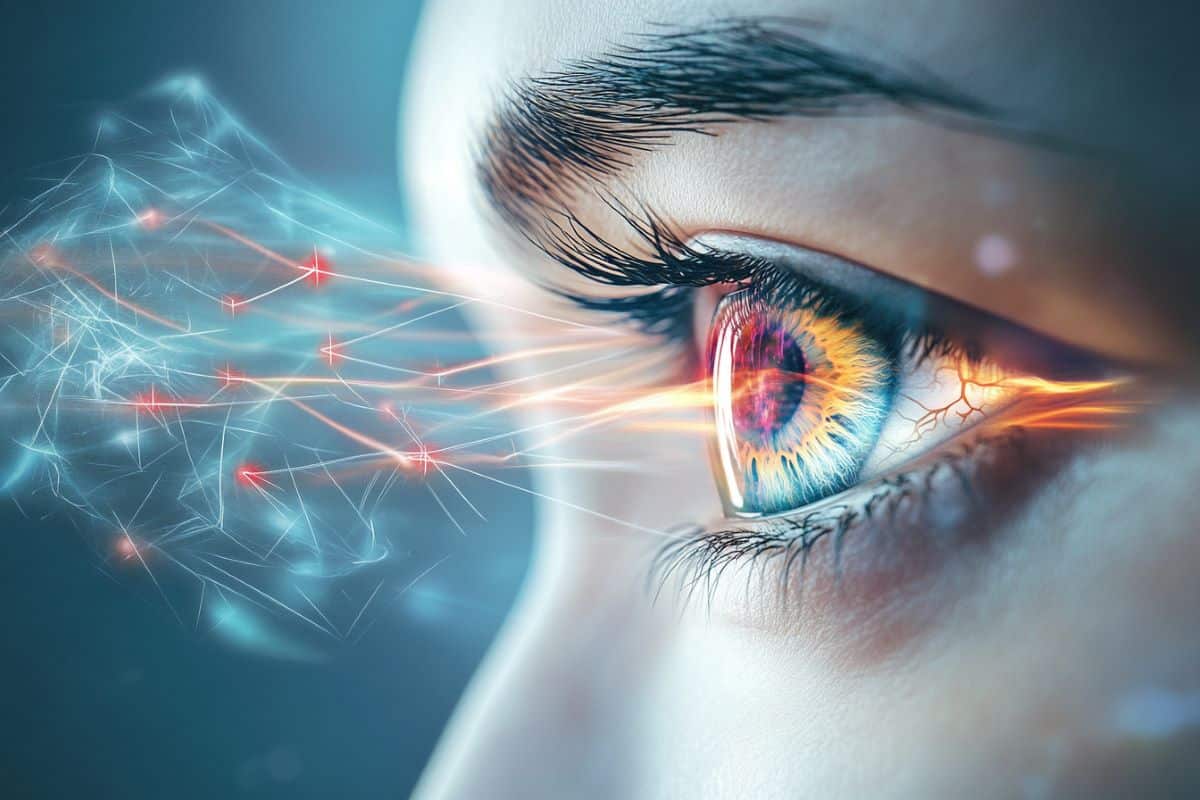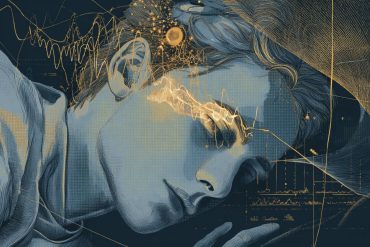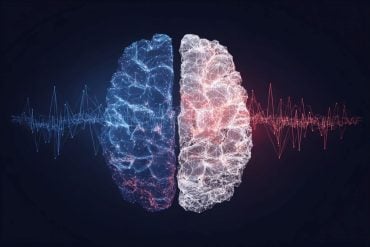Summary: Researchers have discovered that breathing affects pupil size, with the pupil being smallest during inhalation and largest during exhalation. This newly identified mechanism is independent of external stimuli and could influence vision by alternating between detail enhancement and object detection.
Experiments involving over 200 participants confirmed the effect across various conditions, including different breathing rates, lighting, and visual tasks.
The study suggests the brainstem may control this process, as the function remains intact in individuals without an olfactory bulb. Since pupil size impacts visual clarity, this discovery may help explain how breathing influences attention and perception.
Key Facts:
- Pupil-Breathing Link: Pupil size is smallest during inhalation and largest during exhalation.
- Vision Optimization: Breathing may naturally switch vision between detail focus and object detection.
- Clinical Potential: Findings could inform new diagnostic tools for neurological disorders.
Source: Karolinska Institute
Researchers at Karolinska Institutet in Sweden have discovered a fundamental mechanism that affects the size of the pupil, namely our breathing.
The study, published in The Journal of Physiology, shows that the pupil is smallest during inhalation and largest during exhalation – something that could affect our vision.

Like the aperture in a camera, the pupil controls how much light reaches the eye. It is therefore fundamental to our vision and how we perceive our surroundings.
Three mechanisms that can change the size of the pupil have been known for over a century: the amount of light, focus distance and cognitive factors such as emotion or mental effort.
Now scientists have discovered a fourth: breathing. The pupil is smallest around inhalation onset and largest during exhalation.
“This mechanism is unique in that it is cyclical, ever-present and requires no external stimulus,” explains Artin Arshamian, associate professor at the Department of Clinical Neuroscience, Karolinska Institutet, who led the research.
“Since breathing affects brain activity and cognitive functions, the discovery may contribute to a better understanding of how our vision and attention are regulated.”
The researchers conducted five experiments with over 200 participants, examining how breathing affects pupil size under different conditions.
The results showed that the effect persisted whether participants breathed quickly or slowly, through their nose or mouth, if lighting conditions or fixation distance varied, if they were resting or performing visual tasks.
The difference in pupil size between inhalation and exhalation was large enough to theoretically affect vision.
The study also showed that the function is intact in people born without the olfactory bulb, a brain structure that is activated by nasal breathing. This suggests that the mechanism is controlled by the brainstem, a fundamental and evolutionarily conserved part of the brain.
The researchers are now investigating whether changes in pupil size during breathing also affect vision. Previous research shows that smaller pupils make it easier to see details, while larger pupils help us find hard-to-see objects.
“Our results suggest that our vision may switch between optimising for distinguishing small details when we inhale and detecting faint objects when we exhale, all within a single breathing cycle,” says Martin Schaefer, a postdoctoral researcher at the same department at Karolinska Institutet and the study’s first author.
There may also be clinical applications, according to the researchers.
“One potential application is new methods to diagnose or treat neurological conditions such as Parkinson’s disease, where damage to pupil function is an early sign of the disease,” says Artin Arshamian. “This is something we want to explore in the future.”
Funding: The research was funded by the Swedish Research Council and the European Research Council (ERC). There are no reported conflicts of interest.
About this visual neuroscience research news
Author: Press Office
Source: Karolinska Institute
Contact: Press Office – Karolinska Institute
Image: The image is credited to Neuroscience News
Original Research: Open access.
“The Pupillary Respiratory-Phase Response: Pupil size is smallest around inhalation onset and largest during exhalation” by Artin Arshamian et al. Journal of Physiology
Abstract
The Pupillary Respiratory-Phase Response: Pupil size is smallest around inhalation onset and largest during exhalation
Respiration shapes brain activity and synchronizes sensory and exploratory motor actions, with some evidence suggesting that it also affects pupil size. However, evidence for a coupling between respiration and pupil size remains scarce and inconclusive, hindered by small sample sizes and limited controls.
Given the importance of pupil size in visual perception and as a reflection of brain state, understanding its relationship with respiration is essential.
In five experiments using a pre-registered protocol, we systematically investigated how respiratory phase affects pupil size across different conditions.
In Experiment 1 (n = 50), we examined nasal and oral breathing at rest under dim lighting with nearby fixation points, then replicated these results under identical conditions in Experiment 2 (n = 53).
Experiment 3 (n = 112) extended this to active visual tasks, while Experiment 4 (n = 57) extended this to controlled breathing at different paces under ambient lighting with distant fixation.
Finally, in Experiment 5 (n = 34), individuals with isolated congenital anosmia (born without olfactory bulbs) were used as a lesion-type model during visual–auditory tasks to assess whether the respiratory–pupil link depends on olfactory bulb-driven oscillations.
Across all conditions – free and controlled breathing; different tasks, lighting and fixation distances; and with and without olfactory bulbs – we consistently found that pupil size is smallest around inhalation onset and largest during exhalation.
We term this effect the pupillary respiratory-phase response, the fourth known mechanism influencing pupil size, alongside the pupillary light, near fixation and psychosensory responses.






